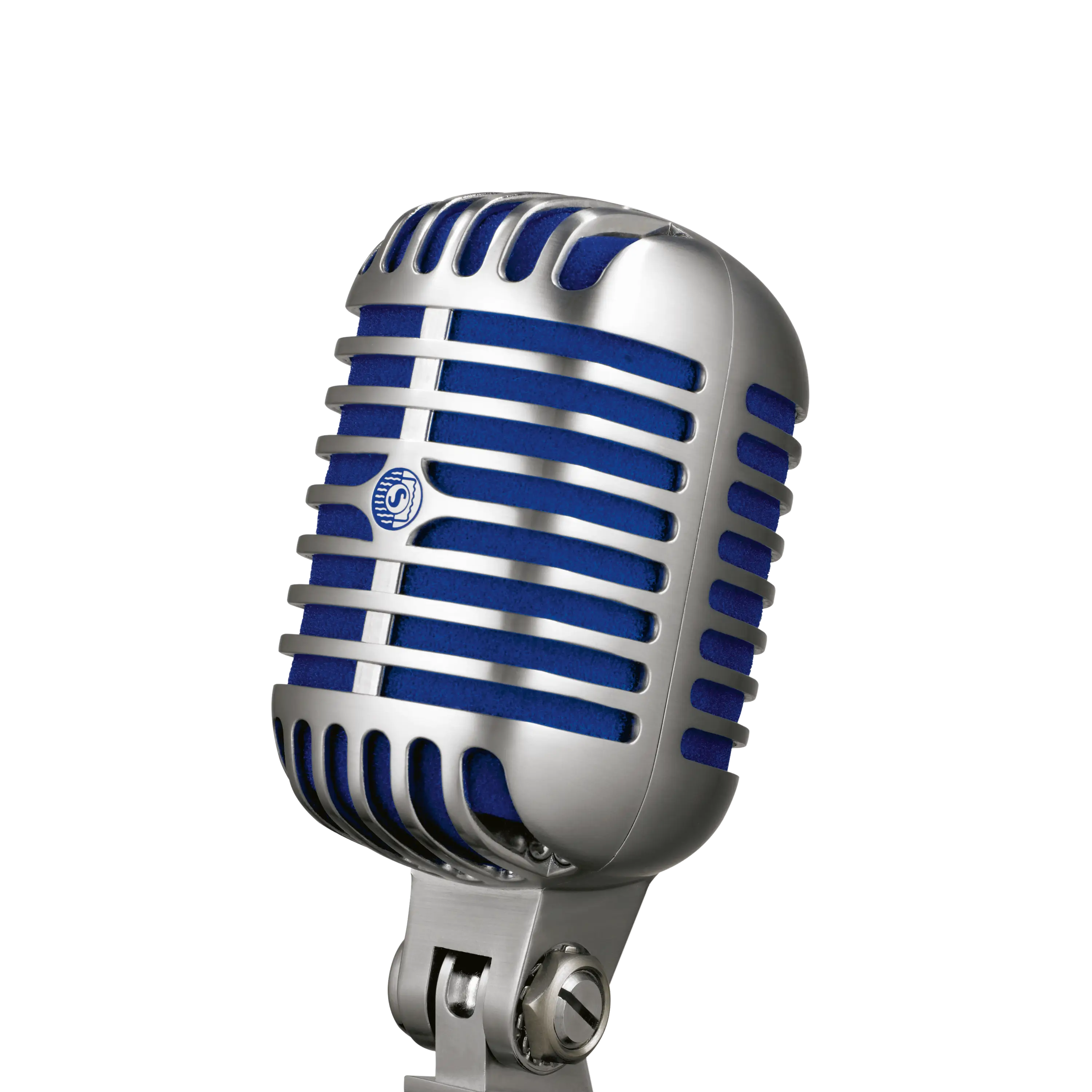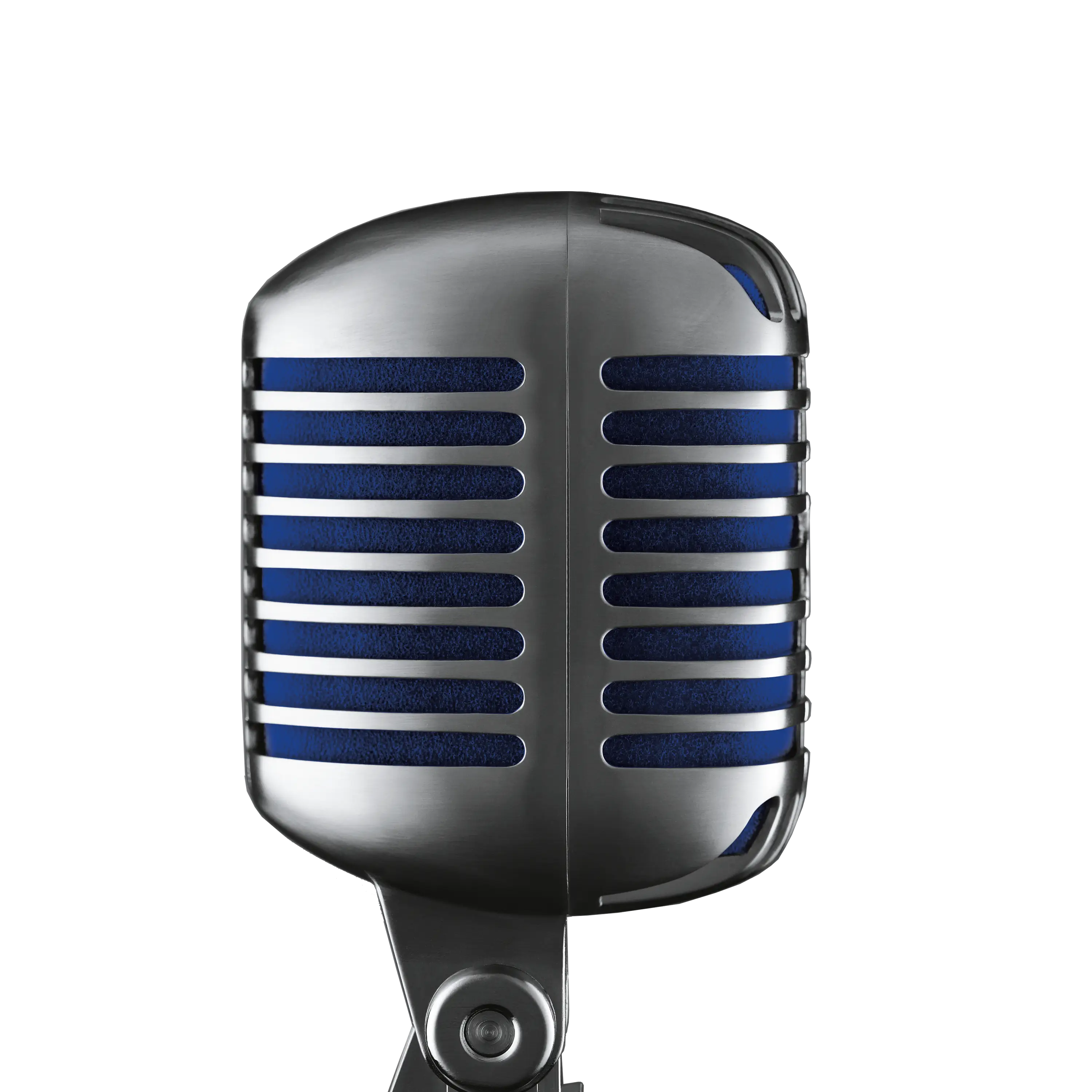Miking Videos and Podcasts


Interview with Mark Jensen.
You're an IT guy and a voice-over talent, in addition to being the force behind NewMediaGear.com and Studio1A Productions. Can you explain how these inter-relate?
I am fascinated with technology. This drive rages stronger now than ever before. From on-air radio guy to Senior Global IT Engineer and finally media entrepreneur, being at the forefront of technology has relentlessly guided my careers.
Analog, digital (HD), satellite and even streaming radio all have common bonds. Computer technology slowly, then rather quickly, swept its way into audio. Information Technology is embedded in almost every facet of our lives, technically and artistically - from electronic books, smartphones to broadcast and recording – technology rules.
In this issue, we're talking about audio for online video, thinking specifically, about creating better web/YouTube videos than the kind that might be created using a mobile phone, webcam or camcorder's built-in microphone. So, let's start with – what's wrong with using one of those built-in mics?
In the short term, these low-quality, integrated microphones seem fine. But, when we think long term, cutting corners with technology deals us a terrible blow. Think about being able to go back in time and actually hear the voices of people and experiences that can never be re-created– decades or even centuries old. Wouldn't we want to capture those moments with as much sonic clarity as technology allows? True, it's not practical to carry around a sound studio.
However, with kits like the Shure SM57/X2u and the USB port on your laptop, it's becoming much more practical to capture professional audio on the go.
There are as many mic options, probably, as there are broad categories of online videos. What mic recommendations and tips do you have for specific applications?
First, remember that the most expensive microphone is rarely the best choice. In a world of picky sound engineers and thousands of choices, few would disagree that the affordable SM58® is the most popular, versatile microphone in the world.
Let's say we want to capture the voice of a strong vocalist, singing lead. Right away, I think of condenser microphones. Most large diaphragm condenser mics are very sensitive, able to capture subtle nuances and wide dynamics. With that heightened audio acuity, and without a sound studio, you run the risk of recording your neighbor's dog barking or the subtle sound of a door closing on the other side of the house.
How about recording narration for a video? Here, a good dynamic microphone works great because it's a passive device and won't generally be as sensitive to ambient sounds. Yet, a good dynamic microphone will brilliantly capture the mood of speech.
Social journalism intrigues me. Here, a reporter style, tough as nails (an SM57 with wind screen comes to mind) dynamic works great. They may have better lighting and cameras, but with some experience, an individual can match the audio quality of your local television station.
I grew up around radio broadcast microphones. If you have a dedicated room, and want that radio look to your video, try an SM7B on a boom. If you want a retro look, blow them away with the timeless Super 55.
If you're recording several people, using a single microphone, I would huddle them around an SM58. This mic is known for being able to take on a completely different character by close or medium talking the mic. Have you ever watched a comedian on stage wrap their hands around the microphone head, achieving a bassy, or even muffled sound for dramatic effect? This is proximity effect and the SM58 made this stage technique famous.
What are the most common mistakes beginners make producing their first short videos?
Always watch the audio levels. When it's live, and there is only one take, set your audio record levels low on the camera. Audio levels can be boosted later, but over-driven, distorted audio can make a great shoot unusable.
If levels vary wildly, check your video camera for an audio compressor or limiter. If you're confident the levels won't distort (record at or above 100% or 0db), then run without the compressor. Record a few dry runs to get an idea of just how much room there is from silence to the loudest sound or voice you are recording with your camera in the scene/environment.
Don't use video camera (or webcam) built-in audio. Take the time to assess your project. Storyboard it and plan the flow, even if you scribble something at the last minute. Effective video requires planning and coordination.
A visible microphone in your video can actually lend credibility. Microphones are frequently used on television talk shows as props. If you can dedicate room to a studio and large table, go for the classic Shure SM7B on a boom. Save finicky lavaliers for shots when a visible microphone just won't work.
As mentioned above, don't rely on your video camera microphones. If you are constantly on the move with your camera, consider mounting a shotgun type microphone on it. This will give you maximum clarity right where you want it.
What limitations does the Internet (or YouTube-type platforms) have on audio production?
I am blown away with the inexpensive tools and the creativity found in today's "Tube" type videos. Professional audio/video hardware and software has never been more affordable.
While the file size, and stream time, of Internet video has made incredible progress, there are still limitations. Too many times, I see Internet video shot in 1080p and high bit depths, just because it can be done. In reality, most Internet video will be transcoded (converted) to a much lower quality that still looks incredible. For me, 720p, at a reasonable bit depth is the sweet spot.
There are other video issues beyond the scope of this article, such as rolling shutters and resolution vs. bit depth and optics. Experiment and try to get the best quality shots without maxing your cameras video settings.
In audio, bigger and pricier will not always give you better results. Some of my most inexpensive microphones get the most use. The important part is that they are all professional. To me, a professional microphone means it has a balanced (XLR connector instead of the small consumer 3.5mm unbalanced). With a product like the Shure X2u, you can instantly plug in a pro microphone while the other end goes to your computers USB connector. That type of flexibility simply wasn't available 10 years ago.

You're also a podcast producer. What are the similarities (or the differences) between recording for podcasts and recording for video?
I like to punch the final audio levels a little harder when creating audio-only. Ideally, I would compress my audio more because people may be listening in noisy areas or in the car with the windows down.
Video can be a little more gentle and refined because the visual helps articulate your message. Also, your viewers are typically consuming your media in a quieter environment.
Try this experiment. Listen to a few minutes of random television shows. Listen only to the audio. Then, turn on a few random radio stations. Notice the difference in overall sound? Much of that difference is due to video stage production and the stations final processor. Sometimes television sound is captured live, but high budget film and television use a technique called automated dialogue replacement (or ADR). After a video shoot, the actors will lip sync their lines in a sound studio, achieving the highest quality audio experience and advanced mixdowns. I'm getting off track here, but the underlying concepts and foundations of audio are universal.
Don't let all of this impede your message. In the end, that famous saying is still paramount: content is king. Use the best tools available, but never lose sight of your message and your audience.
Got a favorite Shure mic? What do you like about it?
I do! It's a PG27. There is just something about the way that microphone articulates my voice. It's ultra crisp and clean. It always gets the job done. Being a studio condenser, it is larger than most hand held microphones, but the sound is amazing for speech.

ABOUT MARK JENSEN
Mark lives and works in Orlando, Florida with his awesome wife Laura. He is a Microsoft Certified Systems Engineer, FCC licensed radio operator, national media producer and agency voiceover talent, while running his flagship syndication NewMediaGear.com.
You can reach Mark at: mark@newmediagear.com




